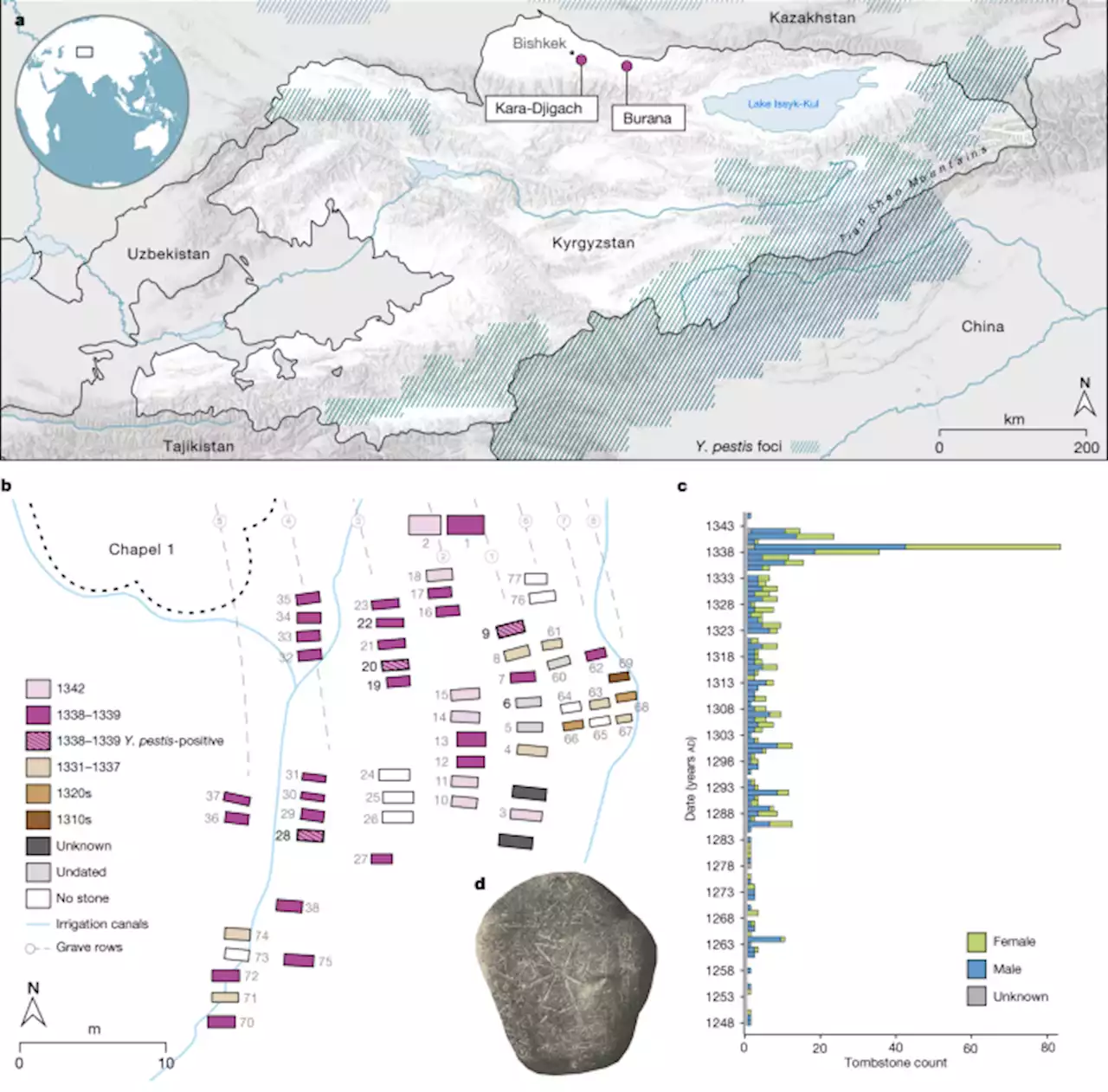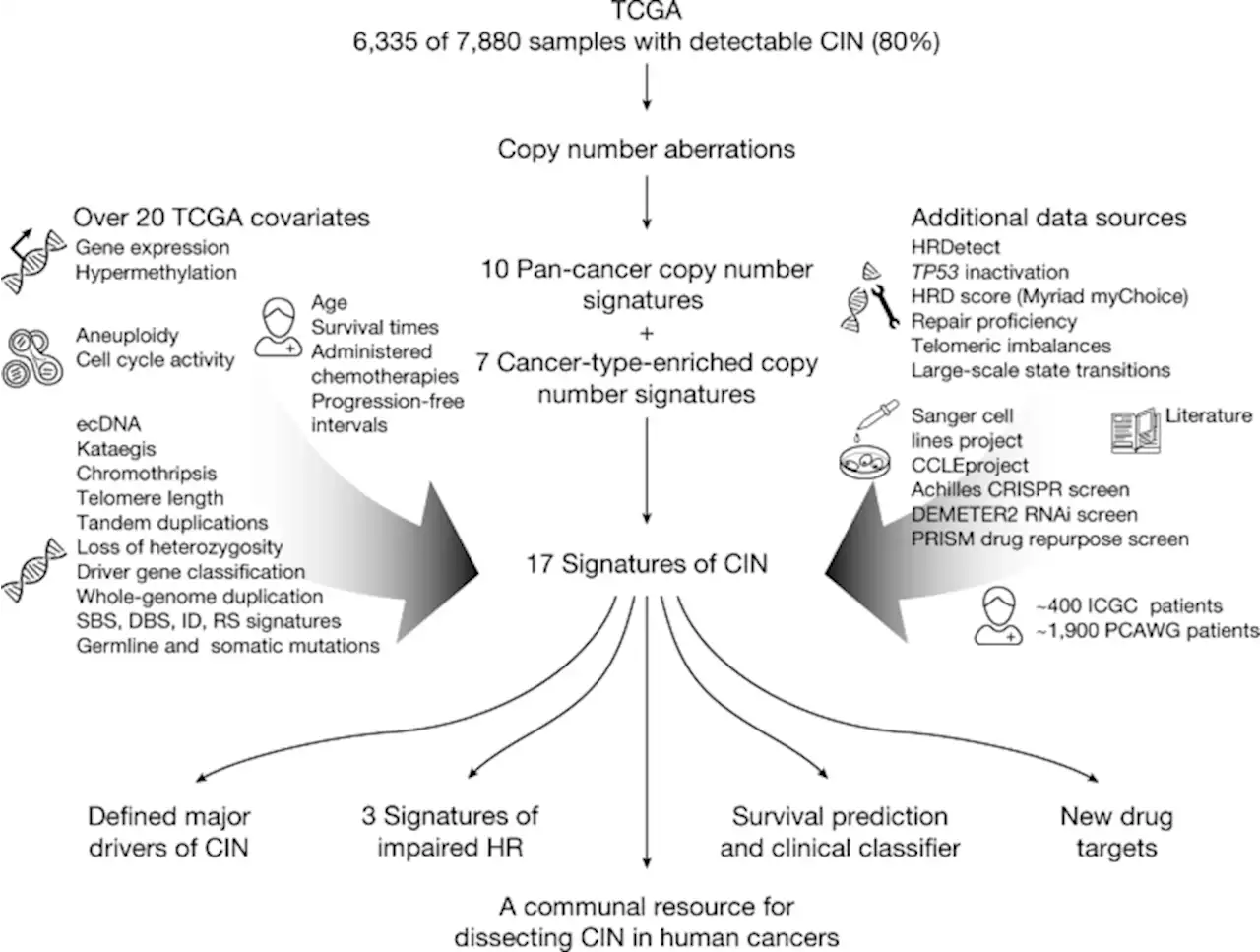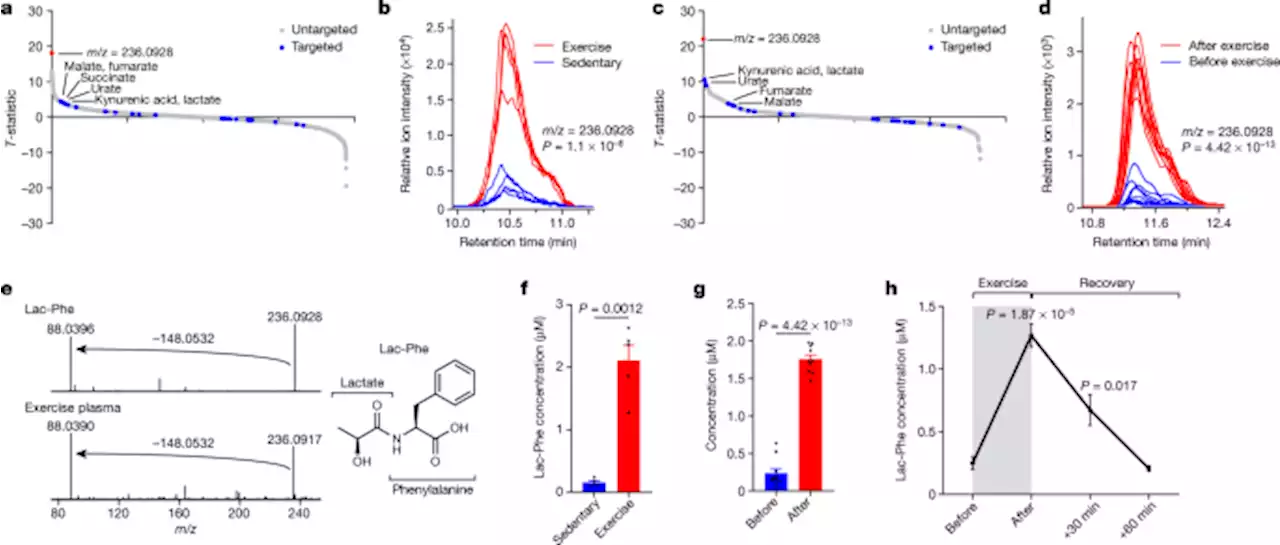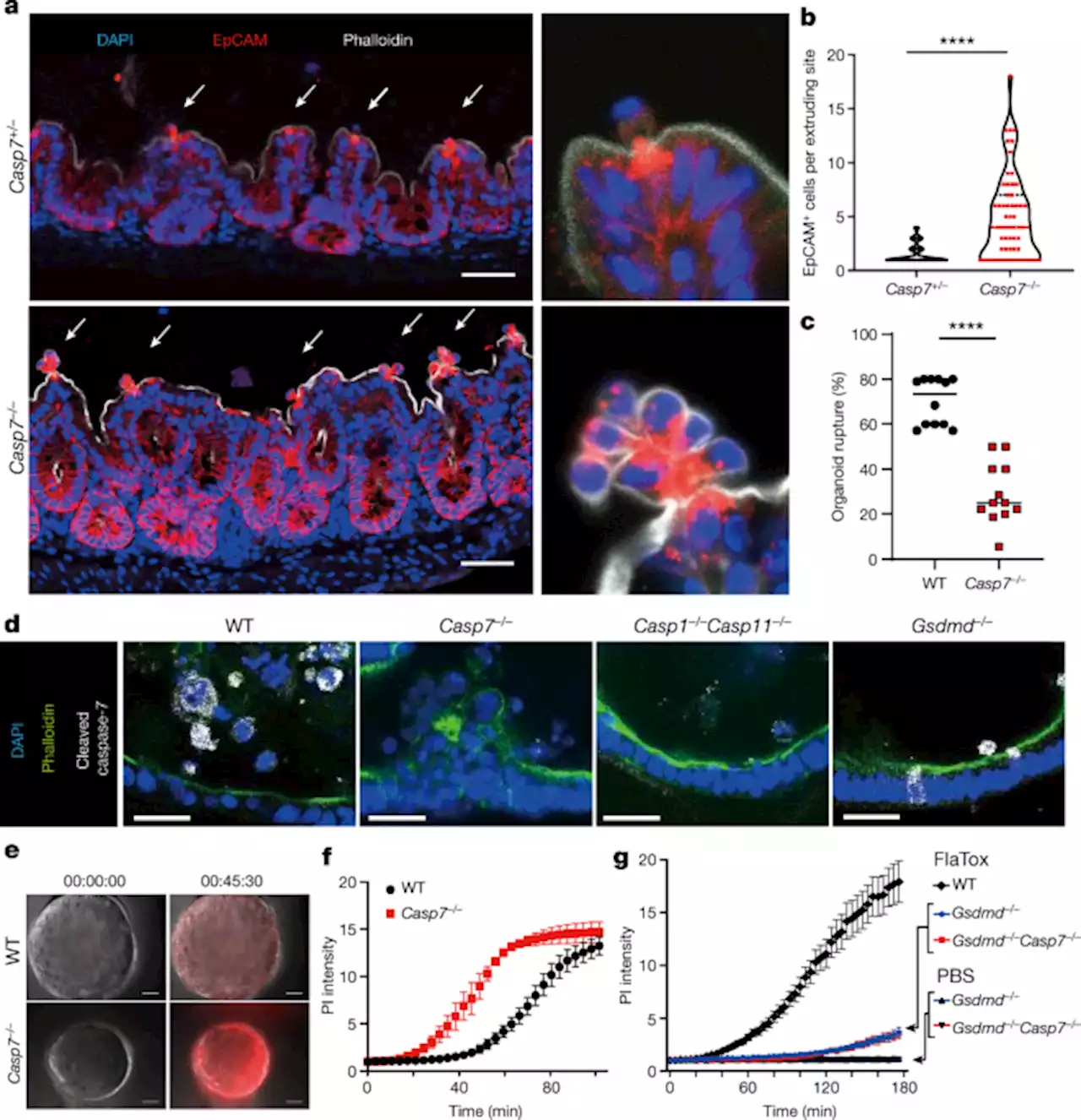Experts say the country’s strong scientific performance is likely to be sustained in the coming years.
, released today, the 31 fastest-rising institutions, as judged by their change in adjusted Share, were all in China. Out of the top 50 fastest-rising institutions, just 10 were from other countries or regions. This marks a significant change compared with the 2021 rankings, in which China could lay claim to only two out of the top ten fastest-rising institutions. These were the Southern University of Science and Technology in Shenzhen and Shanghai Jiao Tong University.
Cong Cao, a science-policy researcher at the University of Nottingham Ningbo in China, says the Chinese government’s growing investment in research and development, which accounted for 2.4% of the country’s gross domestic product in 2021, continues to be a factor in China’s rise. Research expenditure, as a percentage of China’s gross domestic product, has risen steadily from 0.56% in 1996 to 2.14% in 2018, according to the World Bank ’.
“I wouldn’t call it a vanity project. There are clearly reputational elements to all this, but the investments have been made to achieve strategic dominance in areas that China considers important, like engineering science,” says Lim. “It isn’t just about a position in the rankings, it’s also about competition with the United States at a strategic high level.
Coates thinks it’s too early to see the effect of the pandemic in the Nature Index tables — he says that won’t be seen for a few years to come. “You’ve got to work it back. The research included in the 2022 tables might have been funded back in 2017; it’s not like all that research was done in 2020,” says Coates. “You can’t just say it’s all down to COVID.
Indonesia Berita Terbaru, Indonesia Berita utama
Similar News:Anda juga dapat membaca berita serupa dengan ini yang kami kumpulkan dari sumber berita lain.
 The source of the Black Death in fourteenth-century central Eurasia - NatureNature research paper: The source of the Black Death in fourteenth-century central Eurasia
The source of the Black Death in fourteenth-century central Eurasia - NatureNature research paper: The source of the Black Death in fourteenth-century central Eurasia
Baca lebih lajut »
 Bitcoin Fear and Greed Index Dumps to Lowest Levels Since the COVID-19 CrashExtreme fear has dominated the bitcoin landscape for over the month and a metric is down to its lowest position in years.
Bitcoin Fear and Greed Index Dumps to Lowest Levels Since the COVID-19 CrashExtreme fear has dominated the bitcoin landscape for over the month and a metric is down to its lowest position in years.
Baca lebih lajut »
 A pan-cancer compendium of chromosomal instability - NatureCopy number signatures characterize different types of chromosomal instability and predict drug response.
A pan-cancer compendium of chromosomal instability - NatureCopy number signatures characterize different types of chromosomal instability and predict drug response.
Baca lebih lajut »
 An exercise-inducible metabolite that suppresses feeding and obesity - NatureA newly identified exercise-induced signalling metabolite—an amidated conjugate of lactate and phenylalanine—can reduce food intake and improve blood glucose homeostasis.
An exercise-inducible metabolite that suppresses feeding and obesity - NatureA newly identified exercise-induced signalling metabolite—an amidated conjugate of lactate and phenylalanine—can reduce food intake and improve blood glucose homeostasis.
Baca lebih lajut »
 Superconducting-qubit readout via low-backaction electro-optic transduction - NatureReadout of a superconducting qubit embedded in a circuit quantum electrodynamics architecture is demonstrated at optical frequencies through a low-noise electro-optomechanical transducer.
Superconducting-qubit readout via low-backaction electro-optic transduction - NatureReadout of a superconducting qubit embedded in a circuit quantum electrodynamics architecture is demonstrated at optical frequencies through a low-noise electro-optomechanical transducer.
Baca lebih lajut »
 Caspase-7 activates ASM to repair gasdermin and perforin pores - NatureCaspase-7 cleaves and activates acid sphingomyelinase (ASM), which promotes the repair of gasdermin pores and thereby delays pore-driven lysis to allow other processes such as extrusion or apoptosis to occur before cell death.
Caspase-7 activates ASM to repair gasdermin and perforin pores - NatureCaspase-7 cleaves and activates acid sphingomyelinase (ASM), which promotes the repair of gasdermin pores and thereby delays pore-driven lysis to allow other processes such as extrusion or apoptosis to occur before cell death.
Baca lebih lajut »
